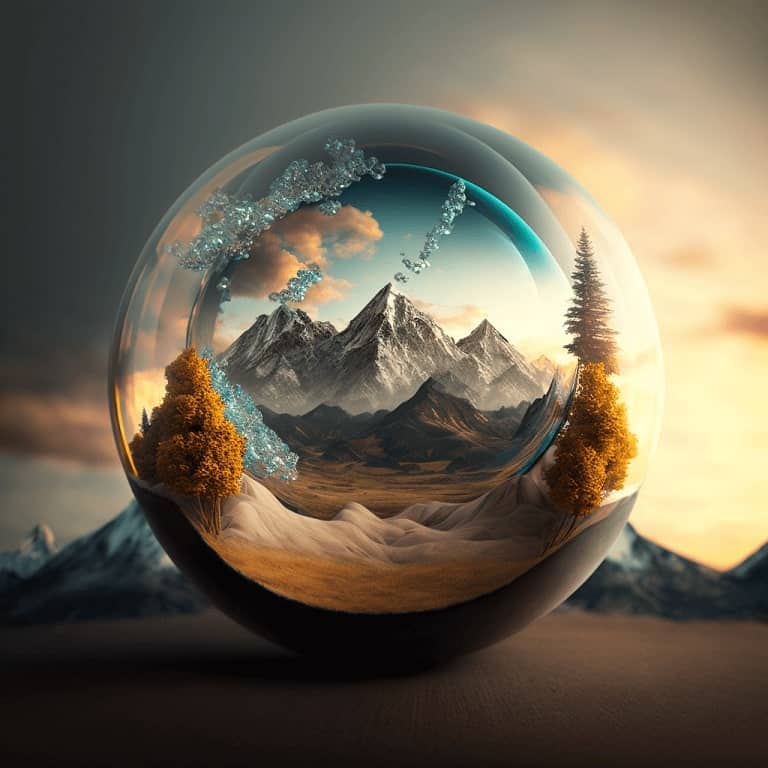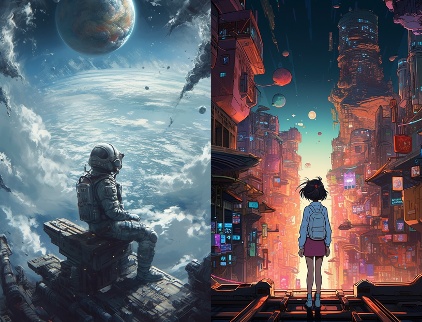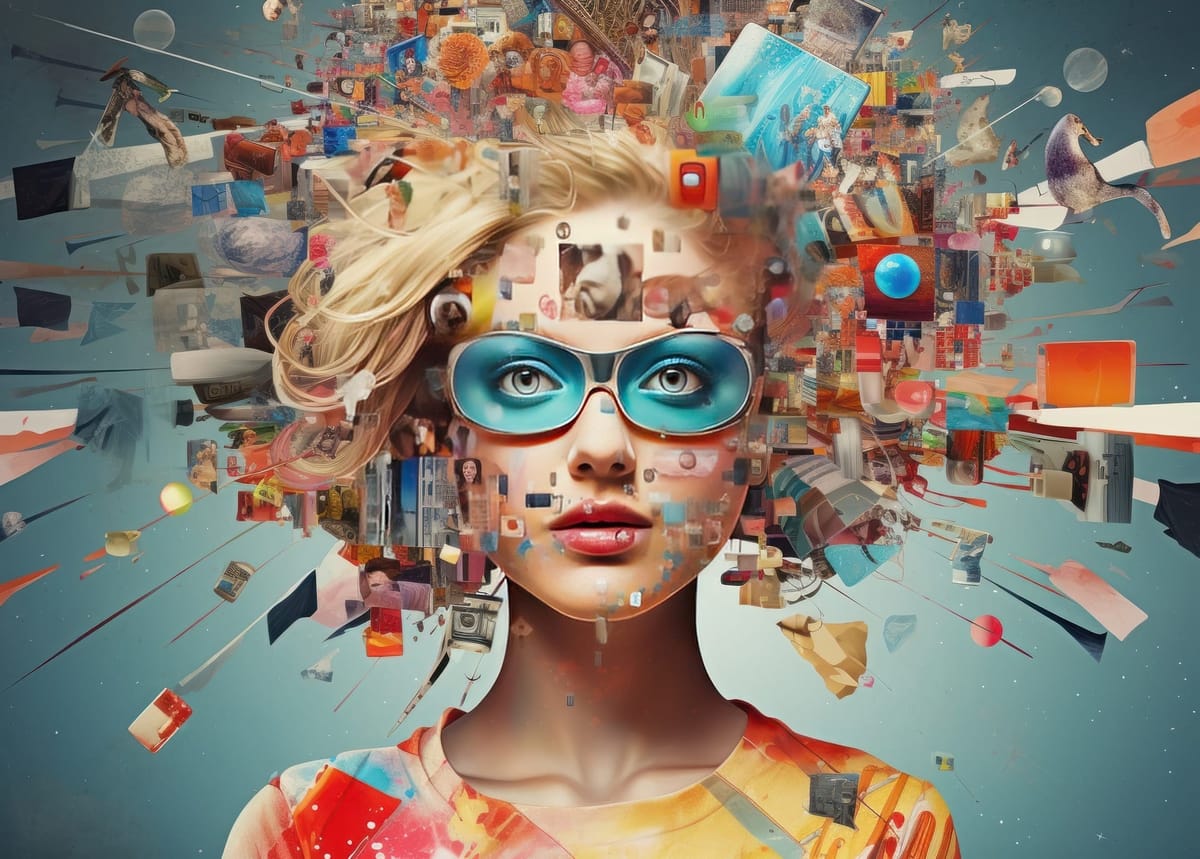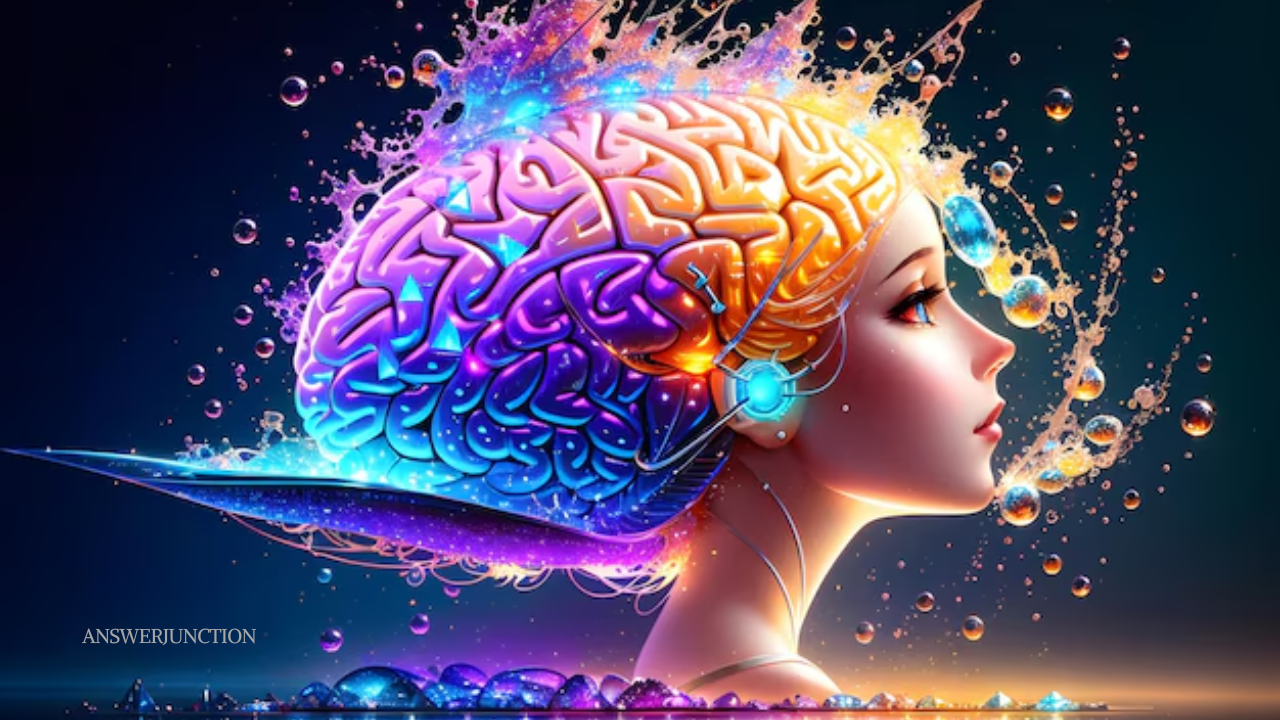In recent years, artificial intelligence (AI) has made significant strides in various fields, and one of the most fascinating developments has been its application in art and media. AI-generated art and media have not only captured the attention of artists, technologists, and audiences but have also sparked discussions about creativity, originality, and the role of technology in the creative process. As we look ahead, it becomes imperative to explore the future of AI-generated art and media, examining the technological advancements, implications for artists, ethical considerations, and potential impacts on the creative industries.
Understanding AI-Generated Art and Media

AI-generated art refers to visual artwork created with the assistance of artificial intelligence algorithms. These algorithms can analyze vast datasets of existing artworks, learning styles, techniques, and patterns. They can then create new pieces that mimic the styles of various artists or combine multiple influences to produce something unique. Similarly, AI-generated media encompasses not just visual art but also music, literature, film, and other forms of creative expression. AI tools like deep learning, neural networks, and generative adversarial networks (GANs) enable the generation of complex and high-quality outputs that challenge traditional notions of creativity.
Current State of AI-Generated Art
As of now, AI-generated art has made significant inroads into the mainstream art world. Exhibitions featuring AI-created works have gained traction, and some pieces have even fetched high prices at auctions. Notably, the portrait “Edmond de Belamy,” generated by the Paris-based art collective Obvious, sold for a staggering $432,500 at Christie’s in 2018. This sale marked a pivotal moment, highlighting the growing acceptance of AI-generated works in the art market. However, while AI can produce impressive results, many critics argue that the absence of human experience and emotion in AI-generated art raises questions about its value and significance.
Technological Advancements Driving AI Art
Several technological advancements are propelling the evolution of AI-generated art. Machine learning techniques, particularly GANs, have become a cornerstone of AI art generation. GANs consist of two neural networks, a generator and a discriminator, which work in opposition to create realistic images. The generator produces images, while the discriminator evaluates their authenticity. This back-and-forth process allows GANs to produce artwork that can be strikingly realistic and creative.
Moreover, advancements in natural language processing (NLP) enable AI to understand and generate text. This has implications not only for literature but also for scriptwriting, marketing, and content creation. Tools like OpenAI’s GPT-3 have shown remarkable ability in generating coherent and contextually relevant text, paving the way for AI-generated narratives and scripts.
The Role of Artists in an AI-Driven Landscape
As AI-generated art continues to evolve, the role of artists is being redefined. Some artists embrace AI as a collaborative tool, utilizing it to enhance their creative processes. For instance, artists like Refik Anadol and Anna Ridler have used AI to generate immersive installations and engaging visual narratives that merge human creativity with machine learning. This collaboration between artists and AI allows for the exploration of new aesthetics and concepts that may not be achievable through traditional methods.
However, the rise of AI-generated art also raises concerns about the diminishing role of the artist. Some fear that as AI tools become more accessible, the uniqueness of human creativity could be overshadowed by algorithmically generated works. This tension prompts a critical examination of what it means to be an artist in an age where machines can replicate styles and generate content autonomously.
Ethical Considerations in AI Art Creation
With the rise of AI-generated art, ethical considerations become paramount. One significant concern is copyright and ownership. If an AI generates a piece of art based on existing works, who holds the copyright? The artist who trained the AI, the developer of the software, or the AI itself? These questions challenge the conventional understanding of authorship in art and media.

Additionally, the potential for AI to perpetuate biases present in training data raises ethical dilemmas. If an AI is trained on datasets that reflect societal biases, the art it generates may inadvertently reinforce those biases. Ensuring that AI systems are trained on diverse and representative datasets becomes crucial to mitigate this risk.
Furthermore, the commercialization of AI-generated art introduces issues of exploitation. As AI tools become available, there is a concern that artists may be pressured to adopt these technologies to remain competitive, potentially leading to a homogenization of creative expression.
The Impact on Creative Industries
The implications of AI-generated art extend beyond individual artists to entire creative industries. In the film industry, for instance, AI has begun to influence scriptwriting, editing, and even casting decisions. AI algorithms can analyze viewer preferences and trends, aiding in the development of films that resonate with audiences. As a result, filmmakers may increasingly rely on AI insights to shape their narratives and marketing strategies.
In the music industry, AI-generated compositions are already making waves. Platforms like Amper Music and Aiva allow users to create original music using AI algorithms, democratizing music production and opening new avenues for creators. While AI-generated music can be impressive, questions about originality and artistic expression persist.
Moreover, AI’s role in advertising and marketing is rapidly evolving. AI-generated content can be tailored to specific audience preferences, optimizing engagement and driving conversions. Brands are leveraging AI tools to create personalized marketing campaigns that resonate with consumers, reshaping the landscape of advertising.
The Future of Collaboration Between AI and Artists
Looking ahead, the future of AI-generated art and media will likely be characterized by greater collaboration between human artists and AI technologies. Artists may increasingly adopt AI as a tool for experimentation and exploration rather than viewing it as a threat. This partnership can lead to innovative and groundbreaking works that blend human creativity with machine intelligence.
Furthermore, as AI technologies continue to advance, we can expect to see even more sophisticated outputs. For example, the development of AI capable of understanding emotional nuances and cultural contexts may result in art and media that resonate on deeper levels with audiences. This evolution could redefine how we perceive creativity and challenge the boundaries between human and machine-generated content.
The Potential for New Art Forms
As AI-generated art becomes more prevalent, we may witness the emergence of entirely new art forms. The fusion of AI with virtual and augmented reality can create immersive experiences that transcend traditional mediums. Artists can leverage AI to generate dynamic installations that respond to audience interactions, creating a participatory art experience that blurs the lines between creator and spectator.
Moreover, AI could facilitate the exploration of generative art, where algorithms continuously create evolving works. This concept challenges conventional ideas of static art, allowing for the creation of pieces that change over time based on user interactions or environmental factors. The potential for AI to push the boundaries of artistic expression is vast, offering exciting possibilities for the future.
Embracing the Future of AI-Generated Art
The future of AI-generated art and media is a complex and multifaceted landscape that offers both opportunities and challenges. As technology continues to evolve, artists, technologists, and audiences must navigate the implications of AI in creative expression. Embracing collaboration between human creativity and machine intelligence may pave the way for a new era of artistic exploration.

While the rise of AI-generated art raises ethical and philosophical questions, it also presents a unique opportunity to redefine the meaning of art in the digital age. By embracing these advancements, we can foster a future where AI and human creativity coexist, enriching the cultural fabric of society and expanding the possibilities of artistic expression. As we move forward, it is essential to engage in thoughtful discussions about the role of AI in art, ensuring that the values of originality, authenticity, and diversity remain at the forefront of this evolving narrative.



